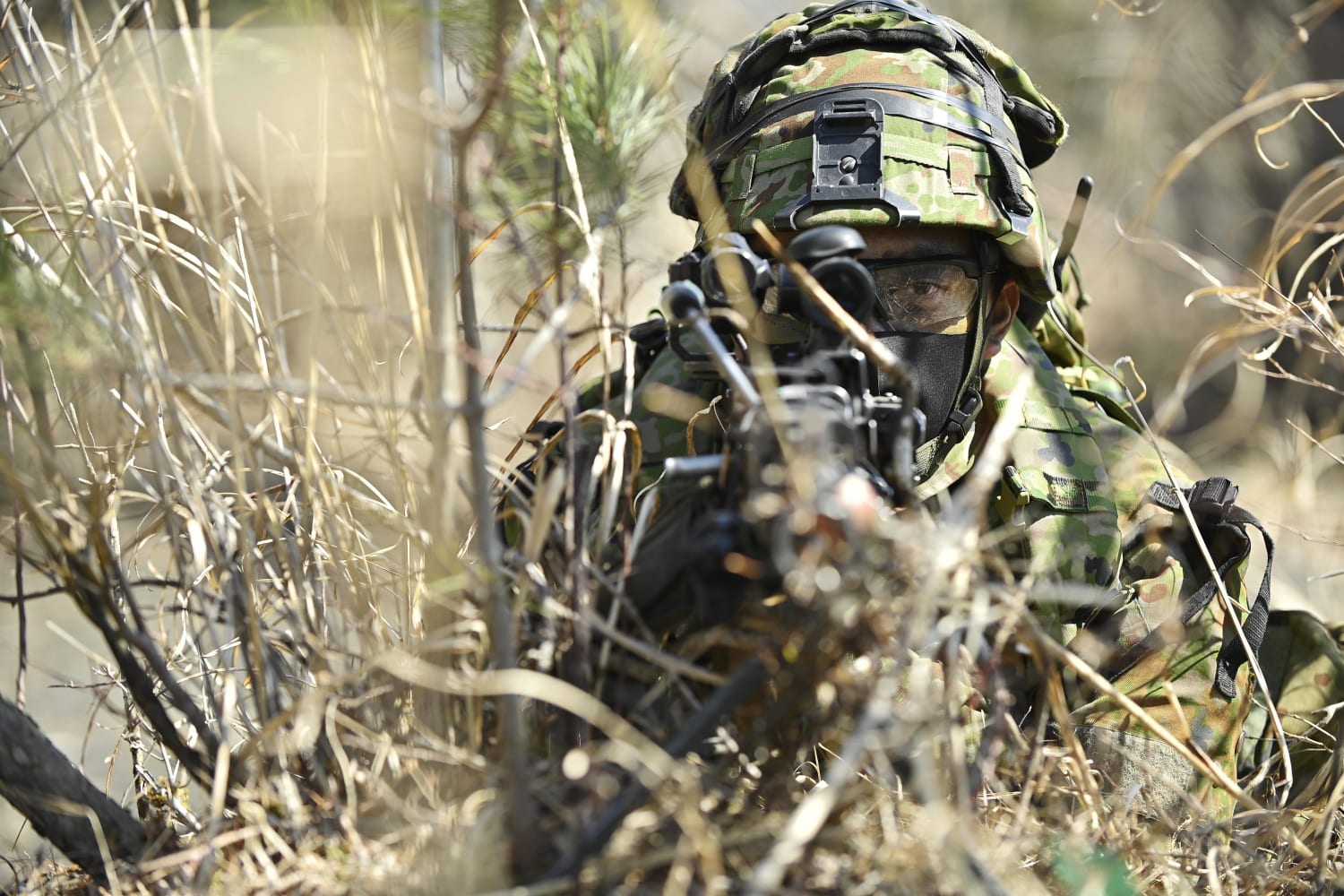
“Starting from the fundamental strengthening of the defense power, we must be firmly prepared for the worst case scenario,” the new strategy said.
U.S. Ambassador Rahm Emanuel welcomed the strategies as “a momentous milestone” for Japan’s history, U.S.-Japan relations and for making a “free and open Indo-Pacific” an achievable reality.
Japan plans to spend 5 trillion yen ($37 billion) to deploy foreign-developed standoff missiles as early as 2026, including Lockheed Martin’s Tomahawk and Joint Air-to-Surface Standoff Missile, while Japan’s Mitsubishi Heavy Industry develops a surface-to-ship guided missile. To quickly respond to possible attacks, Japan will also deploy several standoff missile units at undisclosed locations.
Japanese defense officials said they are still negotiating Tomahawk purchase details.
After elevating its defense cooperation with Australia to semi-ally levels in recent years, Japan hopes to practice the new capability in joint exercises hosted by Australia and including U.S. militaries as well.
Japan says its exclusive self-defense policy is unchanged, but “long-range cruise missiles represent a threshold capability that will fundamentally change Japan’s approach to deterrence,” said Christopher Johnstone, a senior advisor and Japan chair at the Center for Strategic and International Studies, said.
“An effective Japanese counterstrike capability would set the stage for a far deeper level of command-and-control integration with the United States than exists today,” he added.
Japan says it will keep its pacifist principle of high standards for arms equipment and technology transfer. But some easing is planned to allow currently restricted exports of offensive equipment and components, including those of next-generation fighter jet Japan is jointly developing with the U.K. and Italy, as a way to strengthen the country’s defense equipment industry.
Japan’s government has renamed what is known as preemptive strike to “counterstrike capability,” apparently to emphasize that it’s for self-defense. Despite a nuanced wording of the strategy, the main threat is China, for which Japan has had to prepare “by using North Korea’s threat as a cover” said Tomohisa Takei, a retired admiral of Japan’s navy.
The government says its use is constitutional if in response to signs of an imminent enemy attack. But it is extremely difficult to do and Japan needs to advance its cybersecurity and fully rely on the U.S. intelligence to be able to detect early signs of an enemy missile launch preparation, experts say, in order to effectively abort the attack without risking blame for making a first strike. It will require a deeper Japan-U.S. alliance to develop the capability, Johnstone said.
Experts, including former Defense Minister Shigeru Ishiba, said the definition of the enemy’s intention to attack is unclear and preemptive strikes could be considered as first strikes.
Kishida has made the defense buildup and budget increase his policy priority since taking office in October 2021. Under the defense strategy, Japan’s defense spending through 2027 will total some 43 trillion yen ($320 billion), 1.6-times that of the current five-year total, officials said.
Last month, Japan and the United States held a major joint military exercise in southern Japan to step up the allies’ readiness.
Source: | This article originally belongs to Nbcnews.com










